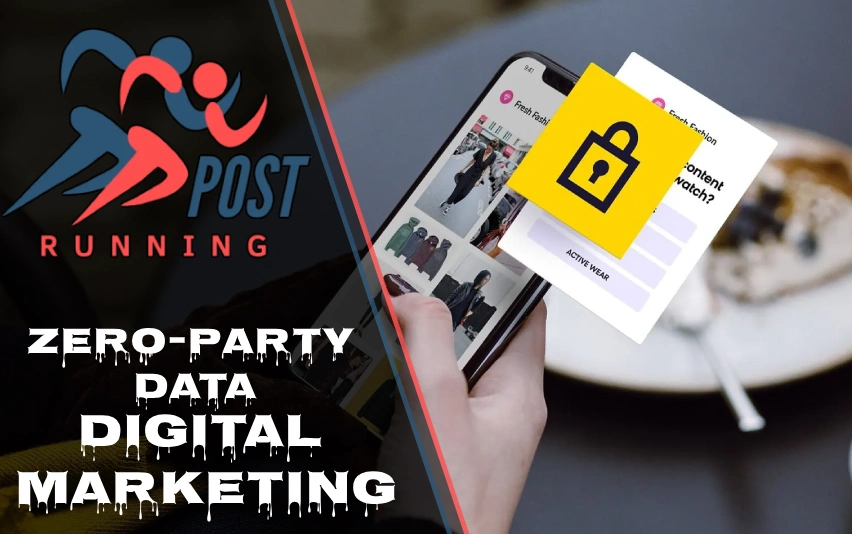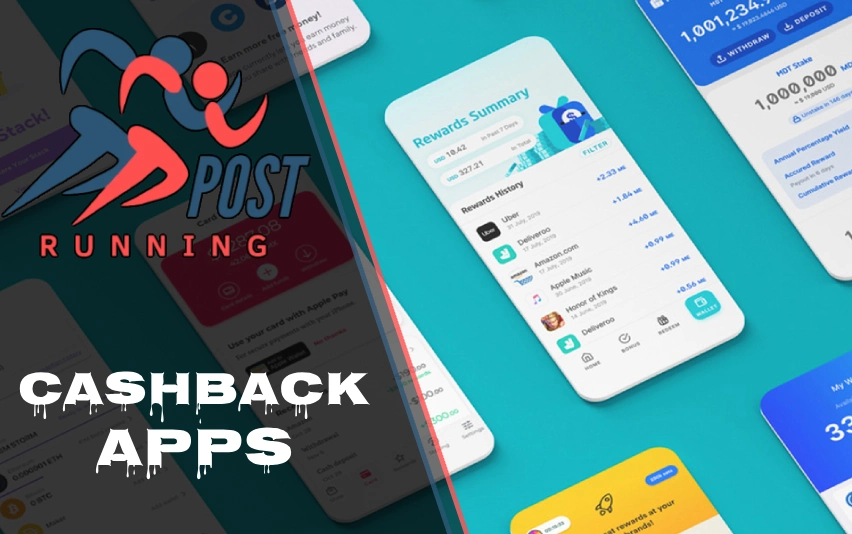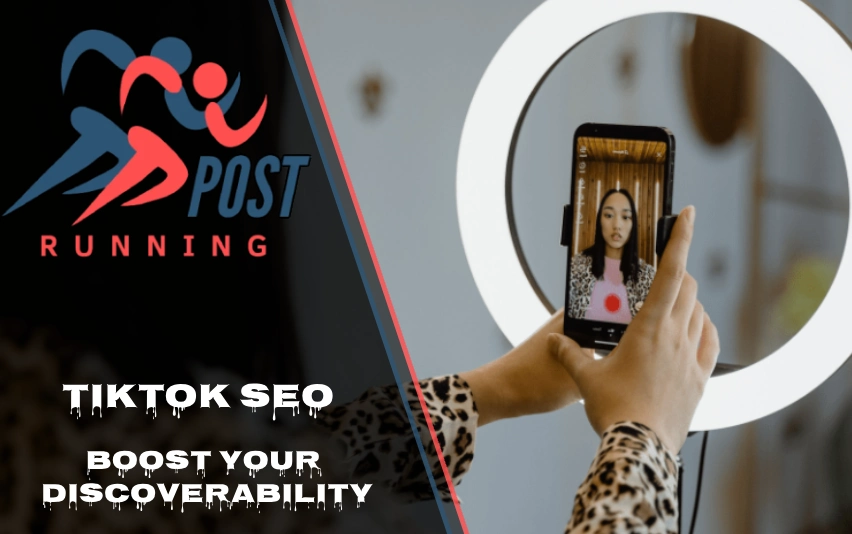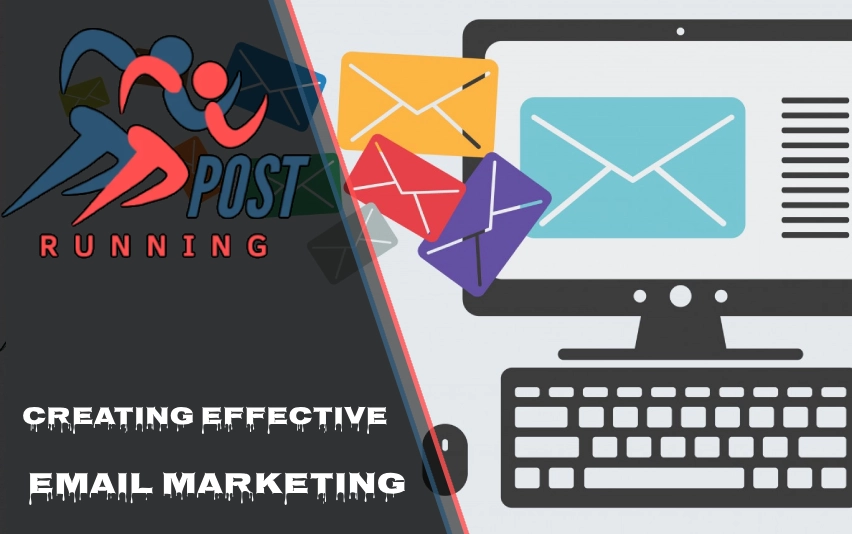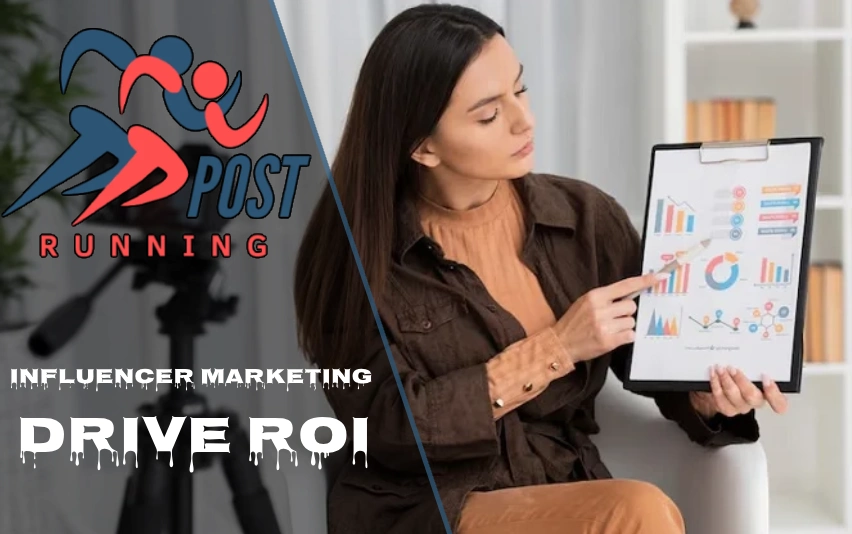In today’s digital landscape, marketers are constantly seeking ways to better understand their customers and deliver personalized experiences. One of the most powerful tools in this pursuit is zero-party data. But what exactly is it, and how can it revolutionize your marketing strategies? Let’s dive into the world of zero-party data and explore its significance in modern digital marketing.
Introduction
Zero-party data is information that customers intentionally and proactively share with a brand. It’s the holy grail of customer data, offering insights directly from the source. In an era where privacy concerns are paramount and third-party cookies are becoming obsolete, understanding zero-party data in digital marketing is more crucial than ever.
This type of data is changing the game for marketers. It’s not just about collecting information; it’s about building relationships and trust with customers. By leveraging zero-party data, businesses can create more targeted, relevant, and effective marketing campaigns while respecting consumer privacy.
What is Zero-Party Data?
Zero-party data is like a direct conversation with your customers. It’s the information they willingly provide about their preferences, intentions, and personal context. This could include their product preferences, purchase intentions, personal circumstances, or how they want to be recognized by a brand.
But how does it differ from other types of data? Let’s break it down:
- First-party data: Information collected directly from customer interactions with your website, app, or service.
- Second-party data: Another company’s first-party data that you’ve acquired.
- Third-party data: Data collected by entities that don’t have a direct relationship with the customer.
Zero-party data stands out because it’s intentionally shared by the customer, making it the most accurate and valuable type of data available to marketers.
Examples of zero-party data collection methods include:
- Preference quizzes
- Customer surveys
- Account creation forms
- Interactive content like polls or contests
Benefits of Zero-Party Data
The advantages of leveraging zero-party data in your marketing strategy are numerous and significant:
- Improved personalization: With direct insights from customers, you can tailor your offerings and communications to their specific needs and preferences.
- Enhanced customer trust and transparency: By asking customers for information rather than collecting it covertly, you build trust and show respect for their privacy.
- Better compliance with privacy regulations: Zero-party data is freely given, making it compliant with data protection laws like GDPR and CCPA.
- Increased accuracy of customer insights: Since the data comes straight from the customer, it’s more reliable than inferred or purchased data.
These benefits combine to create more effective marketing campaigns and stronger customer relationships.
How to Collect Zero-Party Data
Collecting zero-party data requires creativity and a value exchange. Here are some effective methods:
- Surveys and quizzes: Create engaging questionnaires that customers enjoy completing while providing valuable information.
- Preference centers: Allow customers to set their communication preferences and interests.
- Interactive content: Develop quizzes, polls, or calculators that offer personalized results in exchange for information.
- Loyalty programs: Encourage customers to share more about themselves in return for rewards or personalized offers.
The key is to make the data collection process fun, valuable, and transparent for the customer.
Implementing Zero-Party Data Strategies
To effectively use zero-party data in your marketing efforts:
- Create value exchanges: Offer something of value (like personalized recommendations or exclusive content) in return for customer information.
- Integrate data collection into the customer journey: Look for natural touchpoints where customers might be willing to share information.
- Utilize data for personalized experiences: Use the insights gained to create tailored content, product recommendations, and communications.
Remember, the goal is to use this data to improve the customer experience, not just to sell more products.
Challenges and Considerations
While zero-party data is incredibly valuable, it comes with its own set of challenges:
- Balancing data collection with user experience: You need to gather information without overwhelming or annoying your customers.
- Ensuring data accuracy and relevance: People’s preferences change over time, so it’s important to keep your data up-to-date.
- Managing and updating zero-party data: Develop systems to organize and act on the data you collect effectively.
Overcoming these challenges requires a thoughtful approach and ongoing commitment to data management.
Case Studies
Let’s look at some real-world examples of successful zero-party data implementations:
- Sephora’s Beauty Insider program: This loyalty program allows customers to set their preferences and receive personalized product recommendations.
- Netflix’s rating system: By asking viewers to rate shows, Netflix gathers zero-party data to improve its recommendation algorithm.
- Spotify’s Wrapped campaign: This annual recap encourages users to share their listening data, creating a viral marketing moment while gathering valuable insights.
These case studies demonstrate how zero-party data can drive engagement, loyalty, and business results when used effectively.
Future of Zero-Party Data in Digital Marketing
As we look ahead, several trends are shaping the future of zero-party data:
- Increased focus on privacy: With growing concerns about data privacy, zero-party data will become even more critical for marketers.
- AI-powered personalization: Artificial intelligence will help marketers make better use of zero-party data, creating hyper-personalized experiences at scale.
- Integration with other data sources: Combining zero-party data with other types of data will provide a more comprehensive view of the customer.
- New collection methods: Innovative technologies like voice assistants and augmented reality may offer new ways to collect zero-party data.
The integration of AI and machine learning with zero-party data is particularly exciting. These technologies can help identify patterns and insights that humans might miss, leading to even more effective personalization and marketing strategies.
Conclusion
Understanding zero-party data in digital marketing is no longer optional—it’s essential. As we’ve explored, this valuable information directly from customers can transform your marketing efforts, leading to improved personalization, enhanced trust, and better compliance with privacy regulations.
By implementing thoughtful strategies to collect and utilize zero-party data, businesses can create more meaningful connections with their customers. As the digital marketing landscape continues to evolve, those who master the art of zero-party data will have a significant advantage.
Remember, the key to success with zero-party data is to always prioritize the customer experience. When you provide value in exchange for information and use that data to genuinely improve your offerings, you’re not just marketing—you’re building lasting relationships.
Discover more fascinating insights—explore Running Posts Today.


